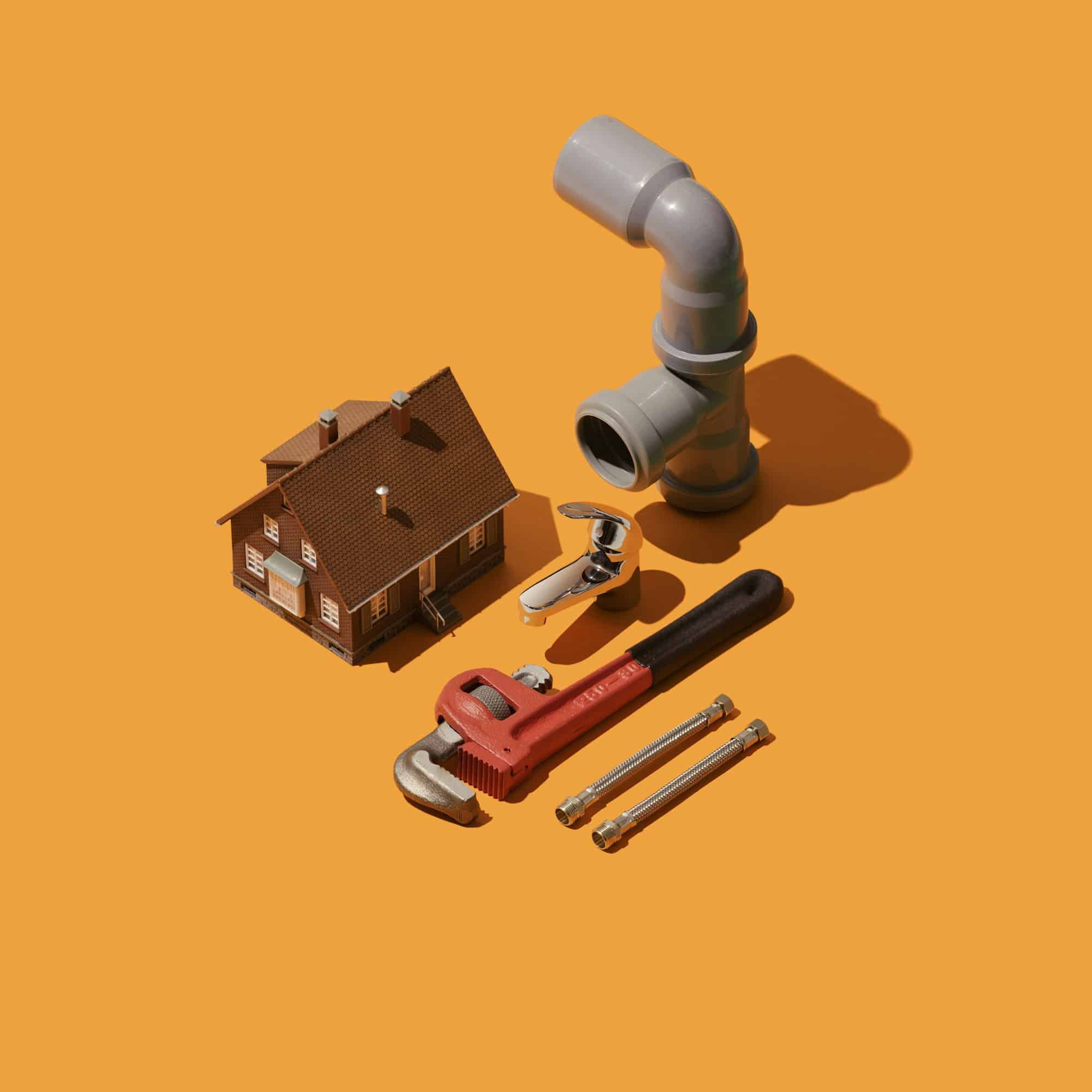Plumbing: guides for specific appliances

Whether you're a seasoned DIYer or a complete novice, it's essential to understand the basics of plumbing maintenance and troubleshooting. After all, these appliances are vital to the smooth running of your home and can cause major damage if not maintained correctly. In this article, we'll take a look at the most common plumbing fixtures, guiding you through the installation, maintenance and troubleshooting processes.
Taps
Taps are one of the most commonly used plumbing fixtures in a home, and they're also prone to a lot of problems. Fortunately, most tap problems can be solved relatively easily with a few tools and a little know-how.
In parallel : Discover Portuguese gastronomy: a guide for American gourmets
Taps and mixers: the most common malfunctions
Leaks are one of the most common problems with taps and mixers. This can be caused by a faulty seal or a damaged ceramic cartridge. Replacing these parts is generally a simple operation that you can carry out by following the manufacturer's instructions to the letter. Don't forget to turn off the water supply before carrying out any work.
Flushing: When should you call in an expert?
If occasional unblocking isn't enough to solve your toilet drainage problems for good, the source may lie in the siphon or downpipe.
Have you seen this : What Are the Challenges of Implementing Smart Parking Solutions in UK Cities?
The siphon, that U-shaped bend under the toilet bowl, can become clogged over time, seriously hindering the flow of wastewater. Unclogging the siphon with a flexible spiral plunger or chemical drain unblocker can sometimes solve the problem. However, if this is not enough, you will need to call in an emergency plumbing services.
The blockage could be in the standpipe, the vertical pipe that carries wastewater to the sewer. Only a plumbing expert will have the right equipment and skills to inspect these sometimes hard-to-reach pipes. He or she will carry out a camera inspection, pinpointing the exact location of the blockage and determining the best course of action, whether that involves a high-pressure flush or a more extensive repair.
Don't ignore these persistent drainage problems, as they could lead to much more serious damage, such as leaks, seepage or even backflow. Prompt intervention by a certified plumber remains the safest and most permanent solution for dealing effectively with this type of problem.
Installing a tap
Installing a tap may seem like a daunting task, but it's actually quite simple with the right instructions. We'll guide you through the steps involved in installing a kitchen or bathroom tap, including connecting the water supply pipes and installing the spout and handle.
Preparation
Before you start, make sure you have the necessary tools: adjustable spanner, strap spanner, screwdriver, torch and cloths. You'll also need supply fittings and sealing tape for threaded pipes. Turn off the hot and cold water inlets under the sink or washbasin so that you can work dry.
Removing the old tap
Unscrew and disconnect the supply pipes. Under the sink/washbasin, loosen the mounting nut and carefully lift out the old tap. Clean and sand the countertop/sink surface if necessary.
Installing the new tap
Apply sealing tape to the threads of the threaded rods of the new tap, winding them clockwise. Insert the stems through the holes in the countertop/sink. Under the sink, place the base plate and locknuts to secure the tap. Tighten firmly using a spanner or open-end spanner.
Connect the new flexible supply pipes to the hot and cold water inlets. Connect the other end to the threaded rods of the tap, applying sealing tape. Tighten firmly with a strap spanner, without using too much force. Retighten all fittings.
Finishing
Install the spout and handle(s) on the stems in accordance with the manufacturer's instructions. Some models require specific gaskets, shims or spanners to be fitted. Once the assembly has been fitted, gently reopen the water inlets to check that there are no leaks.
Replacing your tap yourself requires a bit of preparation and attention to detail, but it's still an accessible task. When in doubt, don't hesitate to call in a professional to ensure a solid installation that lasts.
Maintaining a tap
Regular maintenance can help extend the life of your tap and keep it in good working order. Start by cleaning the body of the tap and the handle with a soft cloth and a little soapy water. Avoid abrasive or acidic products that could scratch or dull chrome or stainless steel surfaces. To remove stubborn marks, you can use diluted white vinegar. Rinse and dry thoroughly.
Limescale in the water tends to accumulate in the aerator and the tiny water inlet holes in the spout, gradually reducing the flow. To remedy this, soak the spout for a few hours in a mixture of very hot water and white vinegar. This will loosen the limescale, allowing you to brush the spout thoroughly with a toothbrush or old nailbrush to remove the deposits.
Troubleshooting a tap
The most common tap problems are leaks, drips and stiff handles. Despite regular maintenance, taps sometimes leak, drip or seize up over time. Before considering a costly replacement, many malfunctions can be resolved by yourself by identifying the source of the problem and replacing the faulty parts.
The most common cause of a leak in a tap is a worn seal. For a cartridge tap, turn off the water supply, unscrew the handle and remove the cartridge to replace it. On a ceramic tap, dismantle the stem to change the small O-rings. If the hoses are leaking, simply tighten the connections with a spanner. If the leakage persists, replace the cracked hose.
Conclusion
By following these tips, you'll be able to maintain and troubleshoot most common plumbing problems in your home. However, remember that for more complex problems, it's always best to call in a professional plumber.
